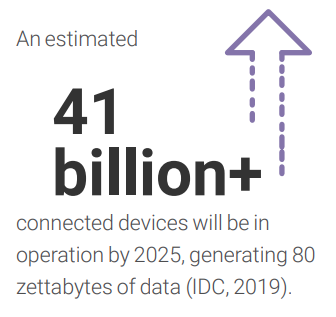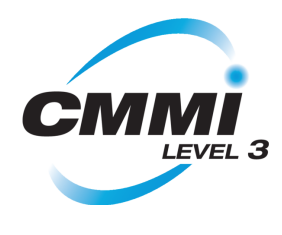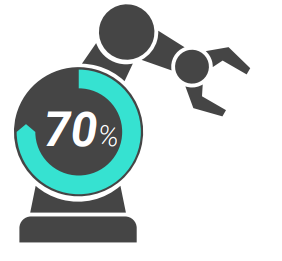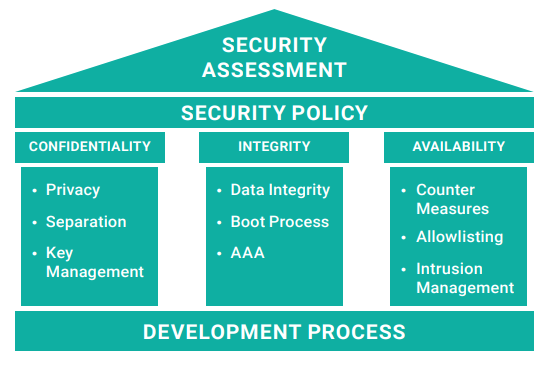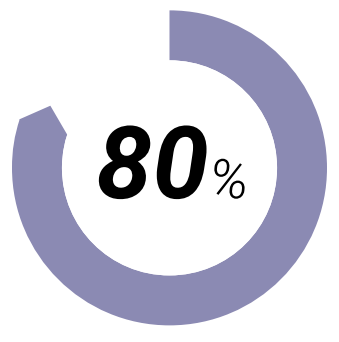Designing for the Intelligent Edge
Customer Success Stories
Exxon Mobile, Hyperloop, and Ersúles provide good examples of our Professional Services approach in action. Their stories reveal how our clients experience the value of the engagement. In each case, we fostered a partner relationship that produced beneficial outcomes.
Exxon Mobil
Exxon Mobil’s refining and chemicals business faced a disruptive challenge when it realized it had to replace three-quarters of its distributed control systems due to obsolescence. Wishing to avoid a recurrence of this type of problem, the engineering team responsible for these control systems decided to undertake a major shift in approach to system architecture. Rather than relying on proprietary systems, the team set out on a “Controls Systems Replacement Project” that would be based on open standards and interoperability.
Wind River’s Professional Services organization got involved in the project at the research stage. “They really knocked our socks off,” said Don Bartusiak, Exxon Mobil’s chief engineer for Process Control. “They come from adjacent industries, so they were able to think outside the box.” Working with the Exxon Mobil team, Wind River helped develop an interoperable process automation architecture based on an RTOS. From this foundation, the team was able to build fit-for-purpose, deterministic systems to solve specific manufacturing problems.
Hyperloop
Hyperloop is a next-generation mode of transportation based on the use of air pressure in tubes to move vehicles at extremely high speeds. The technology has promise, though realizing Hyperloop will mean addressing a range of embedded systems challenges. These include safety and certification issues as well as performance reliability.
Wind River was brought into the Hyperloop project based on its experience with real-time embedded software, safety, and certification. Our team performed an architecture assessment that helped the Hyperloop engineers make trade-offs between various hardware and software options. The work examined factors such as security, pricing, power usage, CPU horsepower, and future roadmap.
Ersúles
Dublin-based Ersúles is a smart lighting system integrator. The company engaged with Wind River for the production rollout of what it called “the world’s smartest building.” The eight-story structure contains 1,800 lights, 125 gateways, a cloud solution, and a back-end control system. Our Professional Services team drove all requirements capture and project management processes. We integrated three distinct hardware components and communications technologies with third-party presentation and automatic blind systems. The project involved the use of multiple open source solutions, including Zigbee, Wi-Fi, MQTT, and Yocto Project–compatible Linux.

